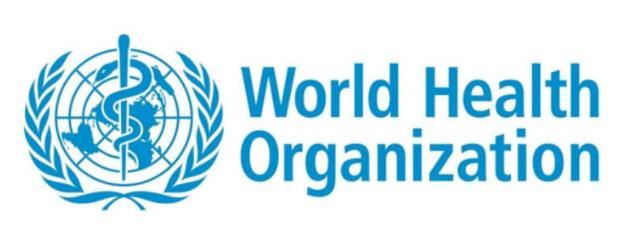
3 minute read
December Focus on the Disease Prevention & Treatment
ROTARY’S DECEMBER FOCUS ON DISEASE PREVENTION AND TREATMENT

Advertisement
June 26, 2020 - The Centers for Disease Control and Prevention (CDC) estimates that 90 percent of national healthcare spending goes toward chronic disease management and mental healthcare, which means that strong mental health and chronic disease prevention strategies can help reduce payer spending.
The CDC has named the eight most expensive chronic diseases in the US. The good news for payers is that most of these can be prevented to some degree. By being aware of preventive care strategies for these eight chronic conditions, payers can actively reduce their healthcare spending and support positive patient outcomes.
Heart Disease and Stroke in the U.S.
According to the CDC, heart disease and stroke remain the most expensive chronic diseases for the healthcare system. It causes a third of all deaths in America on a yearly basis and costs the healthcare system $199 billion. Eating healthy can play a big role in preventing heart disease and stroke, according to the American Heart Association. To reduce the risk of heart disease and stroke, payers can design benefits that incentivize members to eat a diet that is low in saturated fat, trans fat, and sodium and high in fruits, vegetables, and whole grains, among other foods.
However, not everyone has access to these options. For those with social determinants of health barriers, Humana has seen success in combining social and clinical approaches in order to support members through chronic disease management for heart diseases including coronary artery disease and congestive heart failure.
Click here to read more.
Heart Disease and Stroke in Canada
An estimated 1.6 million Canadians have heart disease or are living with the effects of a stroke, according to the Public Health Agency of Canada. Among seniors, 14.8% of those ages 65 to 74 years report having heart disease, with the proportion climbing to 22.9% over age 75.
The cardiovascular disease death rate has been declining steadily in Canada since the mid-1960s. The 1995 death rate for CVD was almost half that of 1969 and between 1994 and 2004 the death rate fell by 30%.
Click here to read more.
From https://www.heartandstroke.ca/articles/connected-by-the-numbers
• Nine in 10 Canadians have at least one risk factor for heart conditions, stroke, or vascular cognitive impairment. • One person dies in Canada every five minutes from heart conditions, stroke, or vascular cognitive impairment. o This outpaces other diseases; 13% more people die of heart conditions, stroke and vascular cognitive impairment than die from all cancers combined. • 91,524 people in Canada died of heart conditions, stroke or vascular cognitive impairment in 2016.
At https://www.cdc.gov/globalhealth/index.html, read about how the Center for Global Health (CGH) works to protect Americans from dangerous and costly public health threats, including COVID-19, vaccine-preventable diseases, HIV, TB, and malaria—responding when and where health threats arise.
Read about the impact the CDC has in Mozambique, where more than 820,000 men, women, and children received live-saving HIV treatment in 2018.
Click here to read about the top 10 global health issues to track in 2021 and 2022 –
• Building global solidarity for worldwide health security • Speed up access to COVID-19 tests, medicines, and vaccines • Advance health for all • Tackle health inequities • Provide global leadership on science and data • Revitalize efforts to tackle communicable diseases • Combat drug resistance • Prevent and treat NCDs and mental health conditions • Build back better • Act in solidarity











